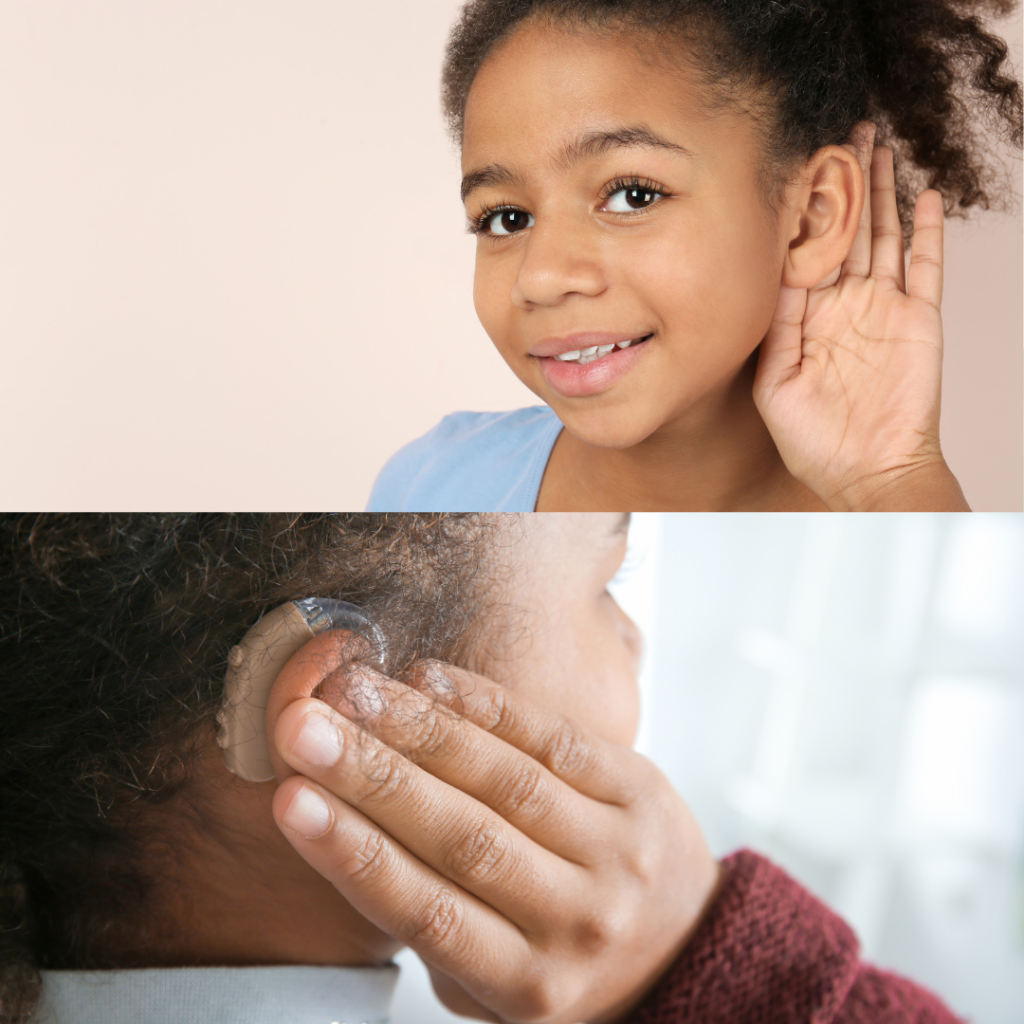Assessing utility and efficacy of the PLUM listening skills checklist through analysis of over 5,000 sessions of care with young Aboriginal and Torres Strait Islander children
Project goals and methodology
Ear infection among Aboriginal and Torres Strait Islander children has been a concern for families, communities, and health and education workers for decades. Around 4-11% of young Aboriginal and Torres Strait Islander children will develop longer-term infection and hearing loss that can affect their wellbeing and development, including their listening skills. However, it is difficult to know for any health practitioners which children with ear infection will develop a longer term ear and hearing problem.
With ethical approval from Aboriginal Health Research Ethics committees across the country, we completed a year-long project to answer this and other related questions. Our team of three non-Indigenous and one Aboriginal and Torres Strait Islander researcher, analysed the deidentified clinical results for over 6,000 young Aboriginal and Torres Strait Islander children, seen for hearing assessments at Hearing Australia. We acknowledge the children and families (whose identities we do now know) whose results have enabled these findings.
In 2017, NAL and community partners in New South Wales and the Northern Territory worked together to develop the PLUM listening skills checklist in 2018. The checklist was designed with the goal of providing primary health practitioners with a simple and systematic tool to help identify concerning hearing loss in very young Aboriginal and Torres Strait Islander children. However, we had limited information on how accurate the PLUM was at picking up children who did have such a hearing loss, and not picking up children who don’t.
Key findings
We have found that:
- The concerns of parents and caregivers line up well with clinical results. When parents and caregivers are concerned about their child’s ear health, ear health results often show signs of middle ear infection. When parents and caregivers have no concerns, children often have good ear health and hearing in the normal range. The concerns of parents and caregivers should always be asked about, documented, respected, and responded to.
- As a parent/caregiver checklist, the PLUM has good accuracy: a PLUM ‘not yet on track’ result correctly identifies two thirds (65%) of children with longer-term, significant hearing loss. A PLUM ‘on track’ result correctly identifies 90% of children who are not experiencing a concerning, longer-term hearing problem.
- Sixty five percent of children with a confirmed longer-term hearing loss ≥ 30dB were ‘not yet on track’ on the PLUM, compared with 29% of children with the same level of hearing loss, but unknown duration. This suggests that 3 months of such a level of hearing loss is a sufficient period to significantly impact listening skills.
- To correctly diagnose a longer-term ear health and hearing problem, all results must be considered together. No single activity (e.g., looking in ears) is highly accurate on its own. The findings of our first machine learning work indicate that certain clinical results have more importance than others for identifying children experiencing concerning longer-term ear infection-related hearing loss. More work is needed, but this suggests that a decision-support tool could be developed that evaluates results and enables primary health and other clinicians to identify with greater accuracy the children to be most concerned about, so that they can be referred quickly for specialist ear health and hearing assessment and care.
These findings will be useful for primary health, hearing, and ear health practitioners around Australia, to enhance their ability to identify children with concerning longer-term hearing status, and provide reassurance where no problems are found, at the earliest opportunities in young children’s lives. The PLUM is a free, downloadable tool, found at www.plumandhats.nal.gov.au, with its companion communication checklist, the HATS (Hearing and Talking Scale). In addition, new primary health Ear Health and Hearing Check consensus guidelines are now available, that provide practical recommendations on when and how to check ear health and listening for young Aboriginal and Torres Strait Islander children.



